The Moon Is Getting Its Own Time Zone
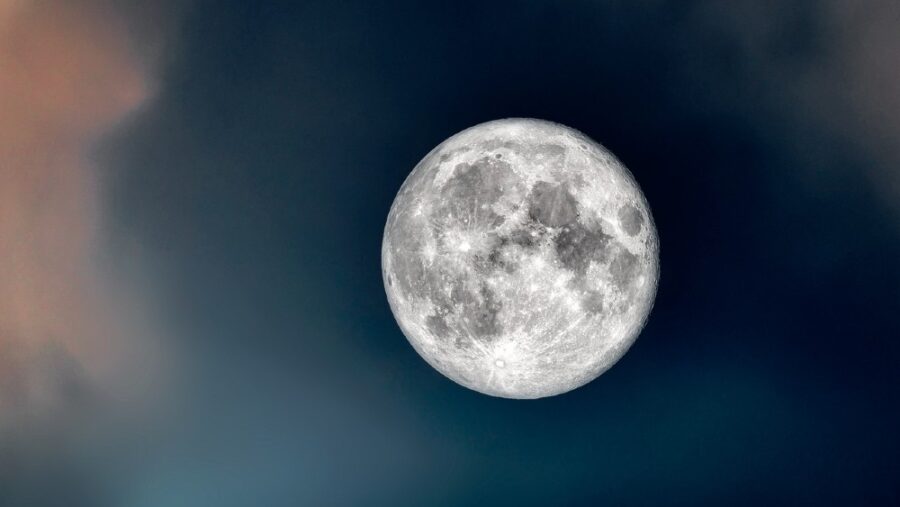
In a fascinating move, the White House has given a directive to NASA to create a standard Moon time by the end of 2026, a move that signifies the importance the administration attaches to lunar exploration. The directive, announced on April 2, has been hailed as an important step in harmonizing human activities on the moon.
Coordinated Lunar Time
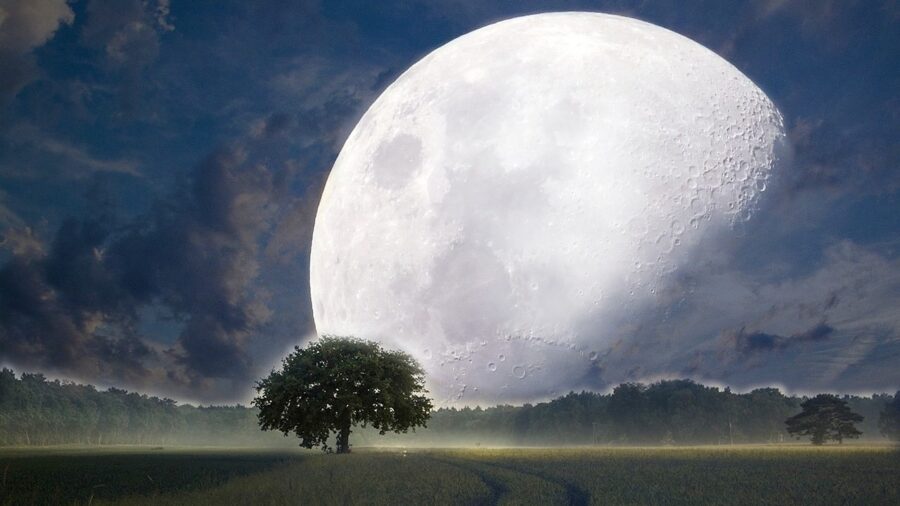
Moon time, officially named Coordinated Lunar Time, is expected to mitigate potential problems that could arise due to discrepancies in time calculations related to lunar activities. Given the Moon’s different rotational and orbital periods compared to the Earth, maintaining a synchronized time format aids in promoting seamless operations and communication. Regularizing Moon time allows for better planning and coordination of lunar activities, thereby reducing the risk of possible errors or misunderstandings.
Issued By The U.S. Government
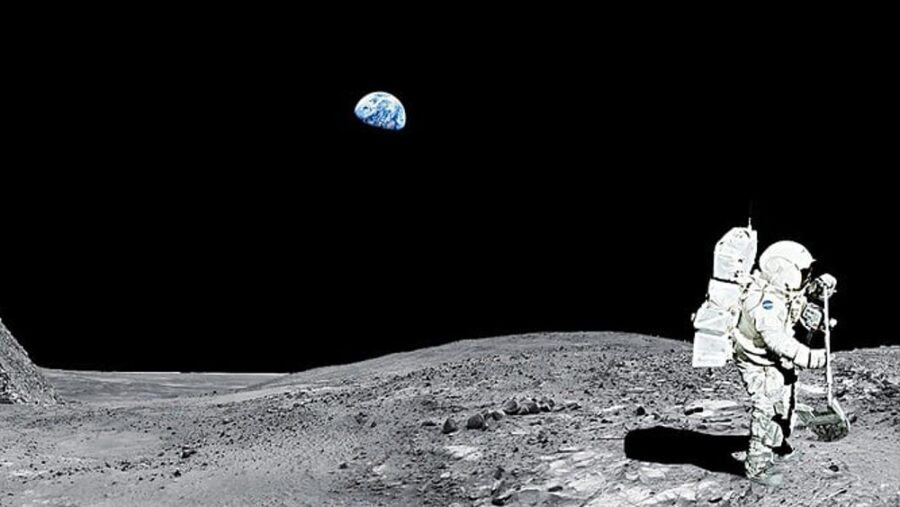
The task of establishing a Moon-wide time standard was issued by the White House, underlining the U.S. government’s commitment to spearheading lunar exploration. The administration recognizes that an international lunar time standard is a requisite tool in fostering cooperation and collaboration among international space agencies. Moreover, an agreed Moon time will facilitate and streamline cooperation between various lunar missions, ensuring that all activities are in sync.
Longer Days And Nights
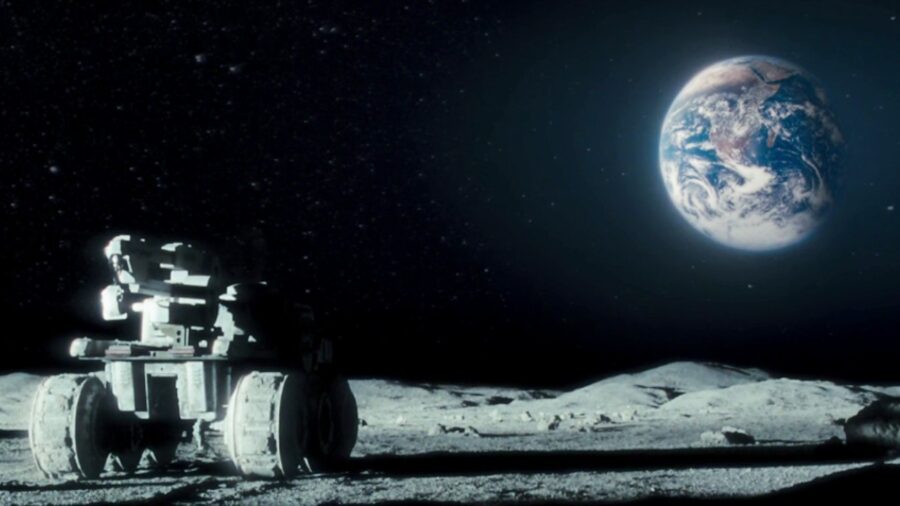
The concept of Moon time isn’t as straightforward as it seems. Our lunar neighbor operates on another level when it comes to measuring time. This is due to the moon’s relative position and slower rotation compared to Earth, which leads to longer days and nights. One lunar day equals about 29.5 Earth days. So, when we talk about moon time, we’re referring to an unhurried pace in stark contrast to the rapid spin of our home planet.
A Step Towards Colonization
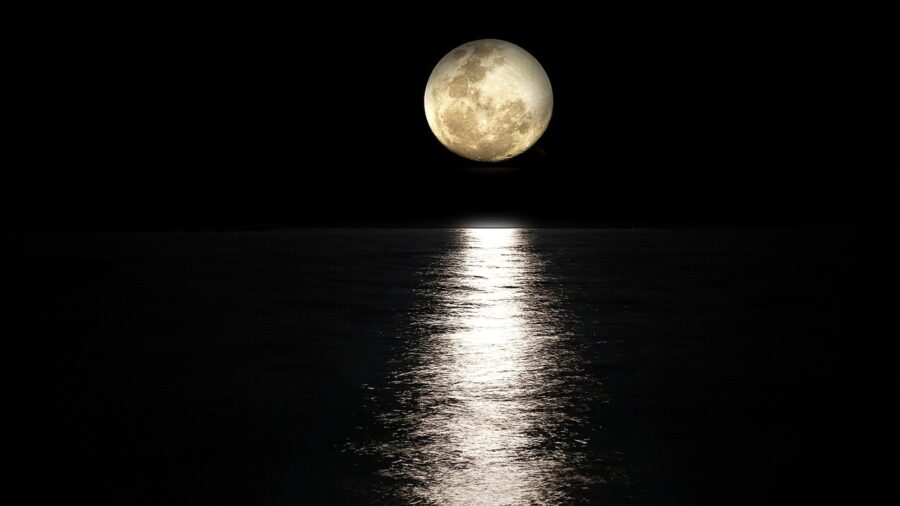
Understanding moon time has critical implications for potential lunar bases in the future. Once established, these bases would need to adapt their operations to the rhythm of moon time. That includes the challenges of prolonged darkness, where solar power isn’t an option for about two weeks at a time. Therefore, this slower-paced, unique Moon time is more than just an intriguing fact; it’s an essential element in the future of lunar exploration and habitation. It’s a testament to how the universe presents us with new conditions, new perspectives, and new challenges to overcome.
Moon Missions In The Future

Apart from setting up Moon time, future plans for lunar exploration were also discussed. In the coming years, NASA is planning more trips to the moon, a factor that made the creation of a lunar time standard ever more pertinent. The standardized moon time will lay a crucial foundation for ensuring that all future lunar missions are properly timed and coordinated.
The inception of an agreed-upon Moon time is a significant milestone in our approach to lunar exploration. The directive from the White House depicts the seriousness of humanity’s intent to make the moon part of our sphere of influence and the necessity to tackle the unique challenges it presents. As we prepare for more journeys to the lunar surface, the establishment of a moon time standard will undoubtedly be a game-changer in our quest for ongoing lunar operations and voyages further into space.












